As one of the World’s most trusted tests, IELTS offers a great deal of flexibility to candidates. You are offered a choice between taking the test in computer-based mode i.e. CBT or in paper-based mode i.e. PBT.
You may be wondering what the differences are between these two modes, and which one you should pick for your test.
To make things easy, we’re summarizing and analysing both for you in one quick guide! Read on to learn everything you need to know about IELTS computer-based test and paper-based test.
Key differences
|
|
Paper-based Test |
Computer-based Test |
|
Delivery of the test |
Reading, Listening and Writing – taken together. You will be given a question paper and an answer sheet. You will write your answers on the answer sheet.
|
Reading, Listening and Writing – taken together. The questions and the place to enter answers will appear on the screen.
|
|
Speaking – for both modes, the speaking test is conducted in person with an examiner. The speaking test can be conducted anytime within a week before and after the main part of the test. |
||
|
Duration of the tests |
Listening – 30 mins + 10 ten minutes to transfer your answers Reading – 60 mins Writing – 60 mins
|
Listening – 30 mins Reading – 60 mins Writing – 60 mins
|
|
Speaking – 11-14 minutes |
||
|
Available test dates |
Up to 48 test dates available throughout the year (Thursdays, Saturdays) |
Up to 5 days a week |
|
Results in |
13 days |
3-5 days |
Other than these, there are no differences between the two test modes – including scoring, the content and type of questions, the monitoring of the test etc.
Whether you choose PBT or CBT, you will be on the same footing.
Pros and Cons & Tips: Paper-based Test
Pros:
- if you are not very confident with or good at typing on a computer, the PBT is a good option.
- it is easier to flip through your answer sheet when you are doing a last-minute check of your answers.
- it is easier to keep track of spellings while writing.
- for the listening test, you can write your answers in rough on the question paper. At the end, you will have 10 minutes to transfer your rough answers from the question paper to the answer sheet.
Cons:
- there are limited slots available during a year.
- your results will take longer to arrive.
- it’s easier to miss out on questions if you don’t pay attention.
Tips:
- register and book your slot well in advance to ensure you get the date you want.
- make sure you read the question paper carefully, so that you do not miss out on any question.
Pros and Cons & Tips: Computer-based Test
Pros:
- plenty of slots available throughout the year.
- you will receive your results very quickly.
- the questions and the space for answers appear at the same time, and makes it easier to answer. You will not miss out on any questions.
- you are also given a pen and paper for rough writing – this can be helpful during the listening test, or when you are planning your essay for the writing test.
- it is easy to keep track of how much time you have left because there is a timer count-down on the screen itself.
- you can make use of plenty of tools such as increasing font size, highlighting passages and words, copy/paste etc.
Cons:
- there is a greater tendency of small spelling and grammatical errors or ‘typos’ while typing.
- you will lose valuable time if you do not know have to navigate through the different sections of the test on the computer.
- in the listening test, you only get about 2 minutes to transfer your answer. To avoid a last-minute rush, you need to be good at listening and typing at the same time.
- in the last minute, there is no countdown. As soon as time is up, the screen will freeze without warning. You will not have any opportunity to do a last-minute scanning of your answers.
Tips:
- Ensure that you take at least 1-2 practice tests in CBT mode before your final test. This will help you to get used to the format, how to move through the sections and other aspects of the test.
- check your answers as soon as you enter them. This will help you to avoid typos, as well as a last-minute rush
So which test is the best?
Now you know how each test works, and their pros and cons. In the end, the best test is the one you are most comfortable with!
Tips for choosing between PBT and CBT:
- if you are more comfortable with writing on paper, choose PBT.
- if you are more comfortable and can work faster on a computer, choose CBT.
- if you are still confused, ensure that you do a practice test in both modes – and then decide which one you prefer! Pay attention to how easy or difficult it is to read the question paper, enter your answers, check your answers, and keep track of the time limit in both modes.
A few more tips:
- if you do not live in a major metro city, you may not have access to a centre where CBT is available. You may need to make time and arrangements to travel elsewhere to answer the test in CBT mode. Make sure you keep this is mind when trying to decide.
- if you are in a hurry and need your results as soon as possible, remember that CBT provides many more slots for the test during a year and delivers the results more quickly.
At Hurray, our IELTS online training course not only focuses on improving your English but takes a practical approach to the test as well! We make sure that you are familiar with the test format and give you our special tips for answering IELTS. We make sure that you have plenty of opportunities for practice.
We can also help you with free registration for both PBT and CBT tests.
Reach out to us at info@hurrayedutech.com to learn more, or to book your place with us!
Did you find these tips helpful? Is there any other question that you have which we may have missed? Comment below!
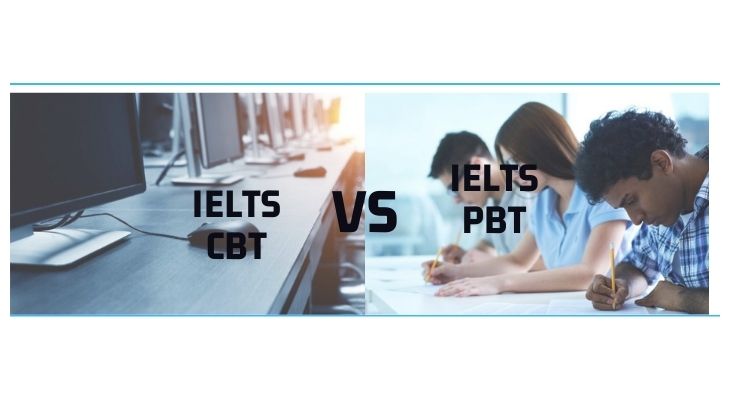






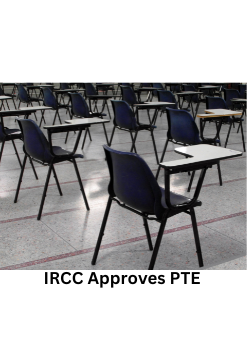
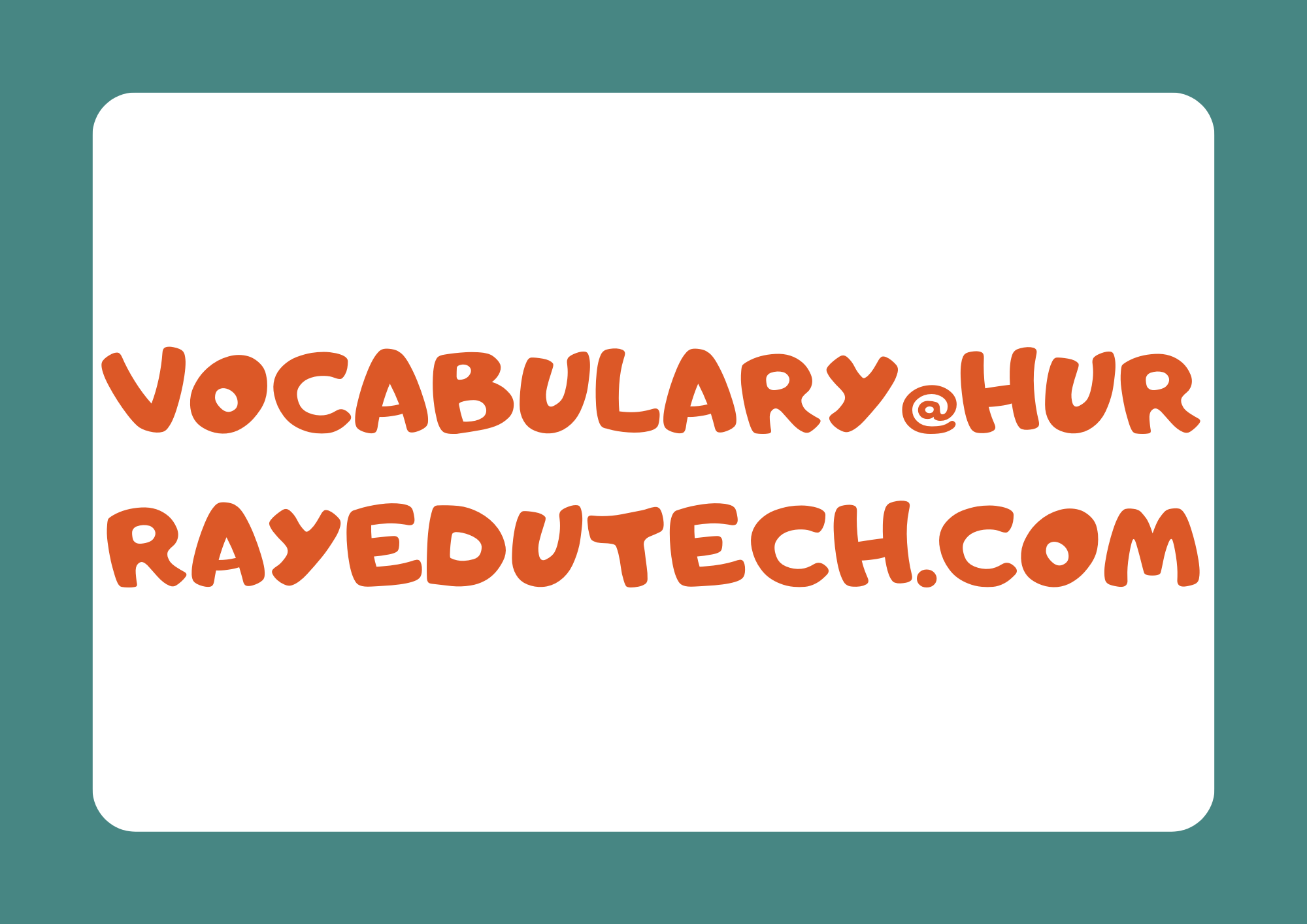
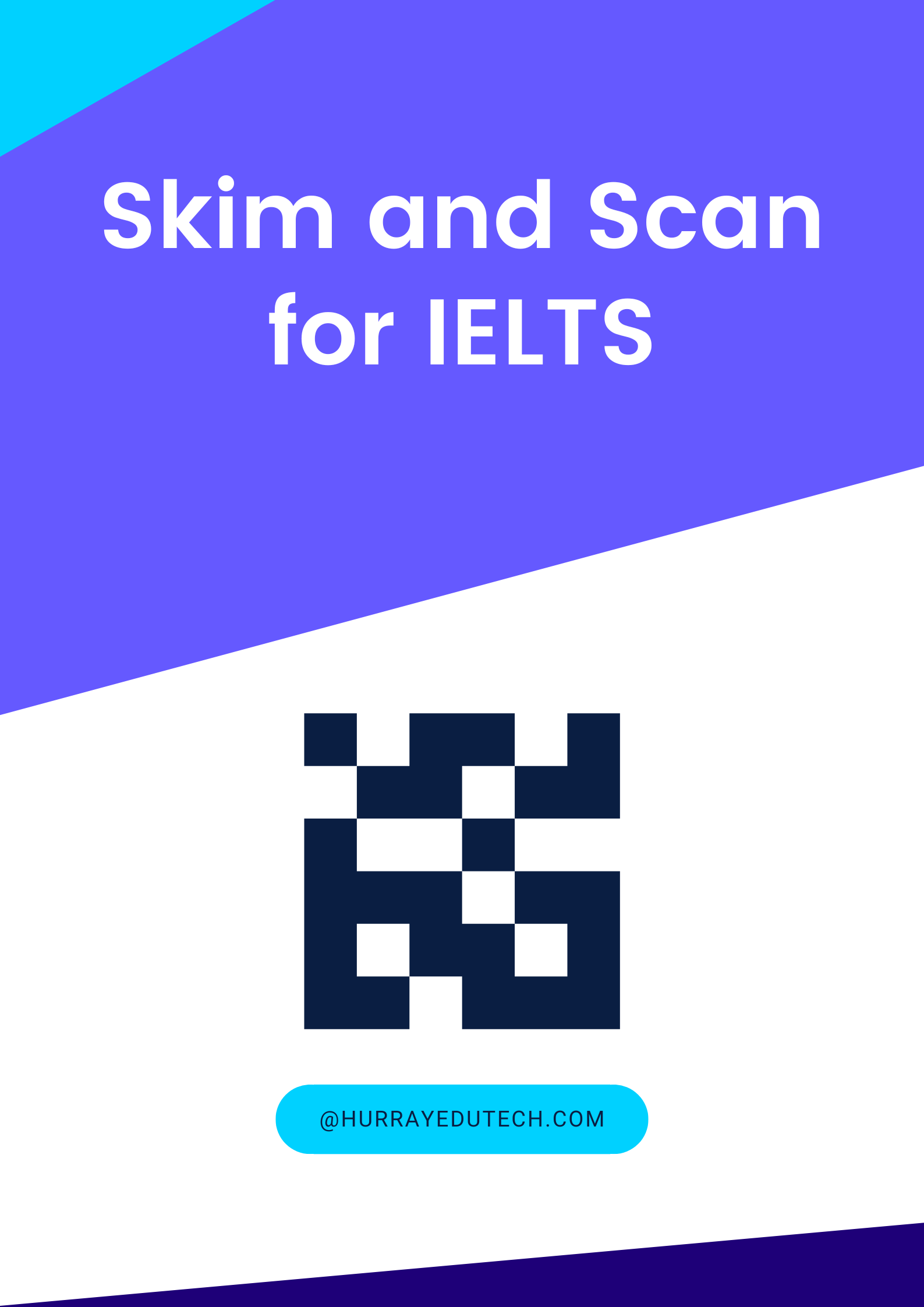
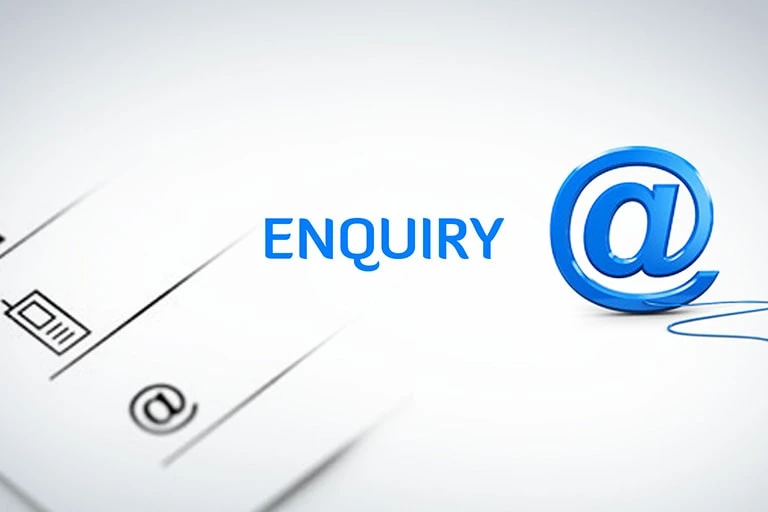
Post Comments